Based on life cycle, garden plants are grouped into THREE categories: annuals, biennials and perennials.
Annuals
These are a group of plants that complete their life cycles within a season or within a year. Based on the season of their growing, annuals are further categorised into THREE groups such as:
- Summer season annuals: These are the plants that complete their life cycle during summer season. Best examples are gourds and melons, and zinnias and dahlias
- Rainy season annuals: These are the plants that complete their life cycle during rainy season. Best examples are amaranths and balsams
- Winter season annuals: These are the plants that complete their life cycle during winter season. Best examples are pansy, nasturtium, sweet pea, hollyhock, begonias etc.
Biennials
These are a group of plants that complete their life cycles within two years. During first year of their growth, they complete vegetative growth and during next year they complete their reproductive phase of growth. Cruciferous vegetables like cabbage, broccoli, cauliflower etc are the best examples for biennial plants.
Perennials
These are a group of plants with a long life span. Most of the shrubs and trees are perennials. Based on growth habit and height of the plants, garden plants may be categorised into different groups such as herbs, shrubs, trees, climbers, bulbous plants, shade loving plants and sun loving plants. All these types are given below:
- Herbs: These are a group of weak-stemmed, non-woody plants with a short plant height and a short life cycle as compared to shrubs and trees. Based on their utility, herbs are categorised into various groups such as culinary herbs, sacred herbs, medicinal herbs and aromatic herbs. Some of these herbs may be used for two or more purposes as in case of ginger and turmeric which are used for both culinary and medicinal purposes, basil for medicinal and religious purposes, and mint for culinary, medicinal and aromatic purposes.
- Shrubs: These are a group of perennial woody plants with medium height and spread but smaller than the trees. Based on their utility, shrubs are categorised into various groups such as flowering shrubs and foliage shrubs.
- Trees: These are a group of woody perennial plants with a long life span. Based on their utility, trees are categorised into various groups such as flowering trees, fruit bearing trees, shade giving trees, avenue or specimen trees and trees for screening purposes.
- Climbers: These are a group of plants that grow around a support system. Climbers climb up the support using tendrils, thorns or roots whereas twiners twine around the support using stems. Climbers and twiners are grown for training around garden arches, pergola, pillars, cascades, topiary etc.
- Bulbous Plants: In horticulture, all plants that are propagated through bulbs, corms, tubers and rhizomes are grouped under bulbous plants. Bulbs, corms, tubers and rhizomes are actually modified underground stems.
- Shade Loving Plants: These are a group of plants that grow well in shade or partial shade. Most of the shade loving plants are foliage plants and are best suited for growing in pots or containers as pot plants. These plants are grown indoors for indoor gardening and interior decoration purposes. That is, most of the indoor plants are shade loving plants.
- Sun Loving Plants: Most popular sun loving plants among the gardeners are Cacti and succulents. These are a group of plants that store water in their thick fleshy leaves and stems. They thrive well in good sunlight and therefore known as sun loving plants. Sunny location is an essential requirement for their growth. They are hardy plants and grow well even with little care and little watering. That is why these plants are a favourite among beginners.
We regularly publish informative videos on various “Food, Agriculture, Gardening and Horticulture” topics. You may view these videos here…
You may also check out our Digital Publishing Services for Food, Agriculture, Gardening and Horticulture Sector by visiting this link


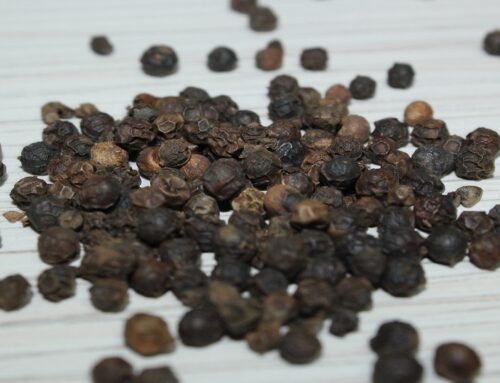
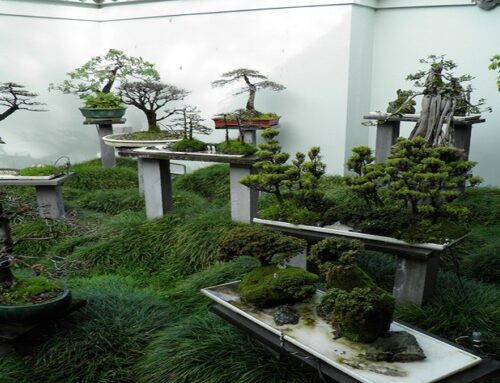
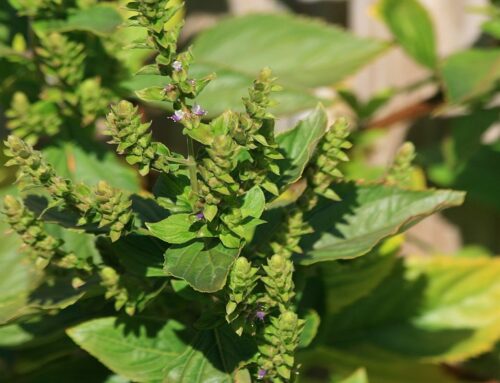
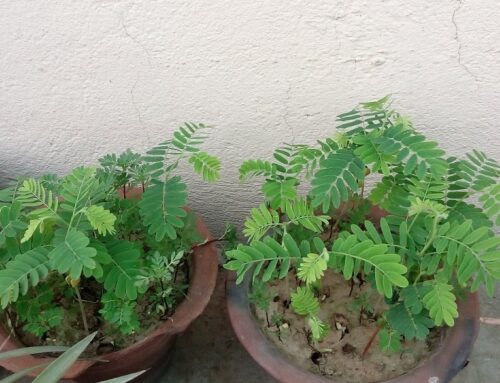
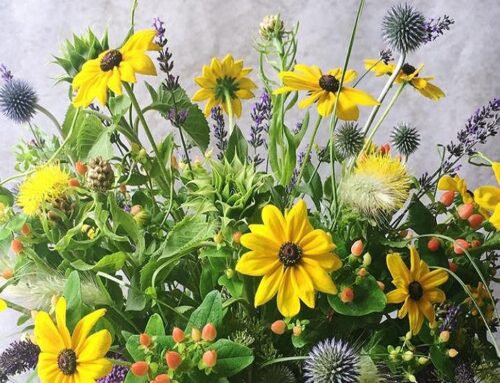
Leave A Comment
You must be logged in to post a comment.